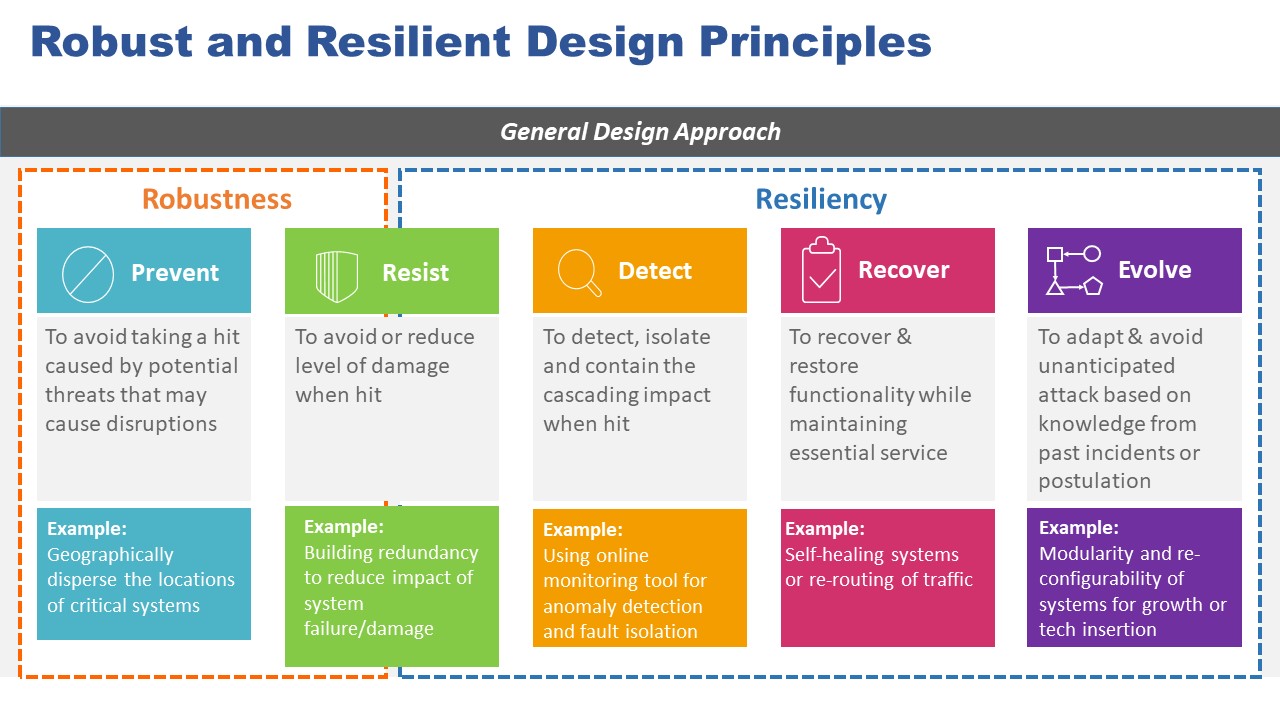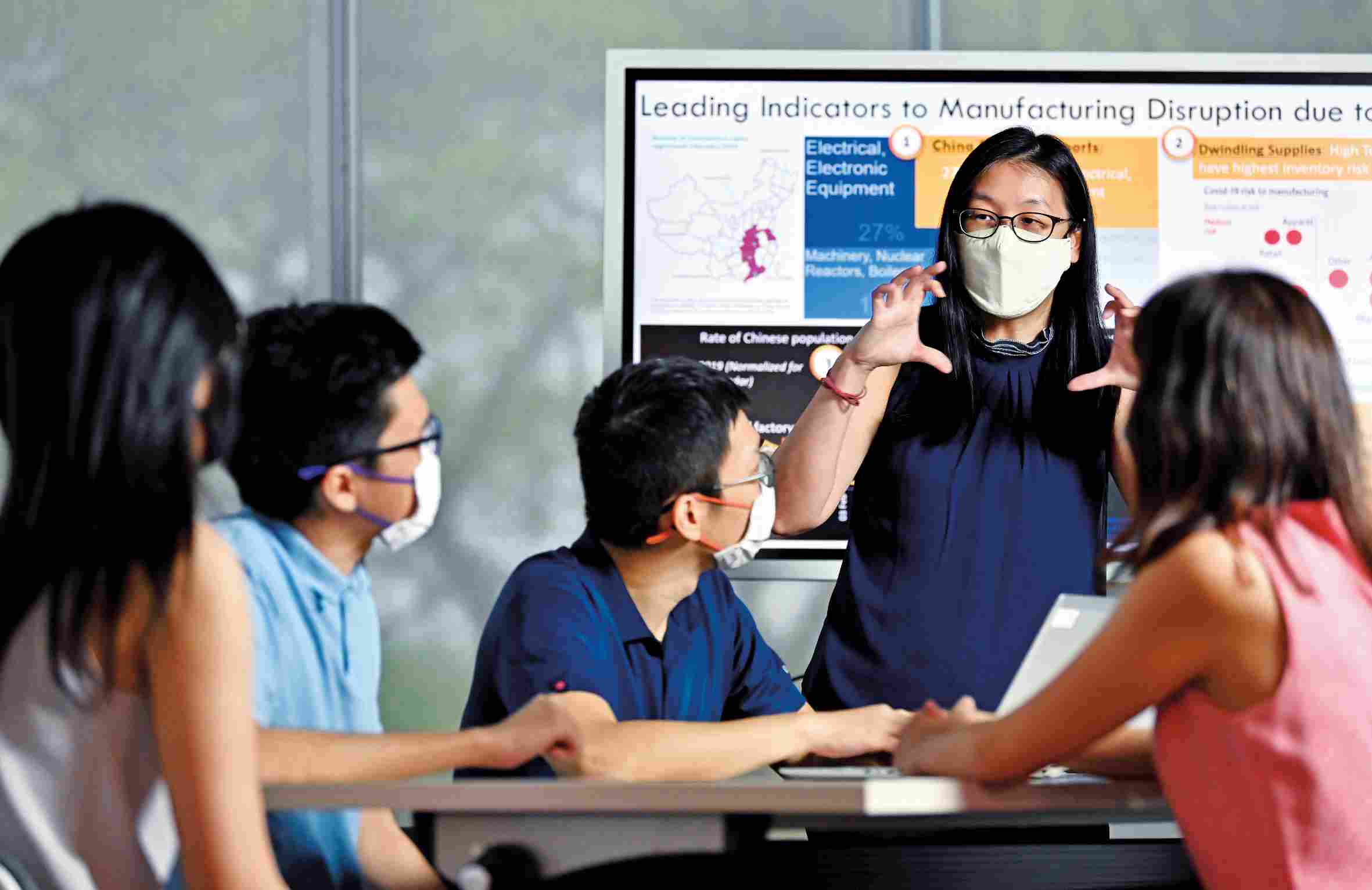Building Resilient Systems
Being resilient can help us get through the most trying of times. What if we applied this same principle to the systems we deliver?
The goal is simple: ensure mission continuity by delivering tough and resilient systems that continue to meet objectives throughout their lifecycles, despite any potential disruptions.
While resiliency has always been a key tenet of our work, our engineers saw the value of developing a new system resiliency framework to provide a more structured and consistent approach. This would be especially useful for dealing with emerging threats such as climate change and supply chain issues, and also provide better clarity and guidance on how to achieve our goals.
“We were driven to augment our existing risk management framework by including a resiliency perspective, because that would allow us to be threat agnostic,” said Principal Systems Architect (DSTA Masterplanning & Systems Architecting (DMSA)) Dr Michael Chia. He added: “Resiliency engineering and management is a relatively nascent field in both the academia and the industry. We had to scour for collaboration partners and thought leaders from the US, Switzerland, as well as our local talents from the National University of Singapore, to develop a best-of-breed approach that would suit our needs.”
The framework covers two key areas to be incorporated into systems during front-end planning: robustness and resiliency. This includes building in the ability to ‘prevent’ taking a hit where possible, ‘resist’ by minimising the amount of damage should it be struck, ‘detect’ and contain any damages from cascading, ‘recover’ to restore essential functionalities quickly, and ‘evolve’ to avoid future attacks with knowledge from past incidences.

The framework has many potential applications for a variety of systems. For instance, building it into Singapore’s island air defence design architecture could help enhance its resiliency and minimise the chances of any single point of failure having a cascading impact on our air defence coverage.
“We wanted to provide our colleagues with a clear end-to-end lifecycle approach where resiliency is a key factor. The framework provides more structure, and serves as a guide for our engineers to deliver more resilient systems,” said Principal Engineer (DMSA) Daniel Lim.
With the COVID-19 pandemic disrupting global supply chains, the team also applied the framework to find ways to strengthen supply chain resiliency and minimise the impact on the systems we deliver to MINDEF and the SAF. For this, the team cross-mapped the location of production facilities with COVID-19 events, and assessed the risk of logistic freight networks being unavailable. They then evaluated the operational impacts by identifying and quantifying systems and parts, as well as projected their usage ahead.

This has allowed the team to build and pilot a suite of supply chain tools leveraging data analytics and supplier network analysis to enhance situational awareness, as well as enable the monitoring and sensemaking of potential disruptions to our supply chains. This would allow Singapore to plan ahead and put in place risk mitigation measures when and where needed.
Head Capability Development (Systems Resiliency) Cheng Siew Yen added: “We’ll continue to apply the systems resiliency framework and methodology on selected critical SAF capabilities to help the SAF manage and mitigate emerging threats. Our team is also looking at realising resiliency-by-design, which we hope to achieve by creating new practitioner courses and collaborating with industry experts to further deepen our competencies.”
